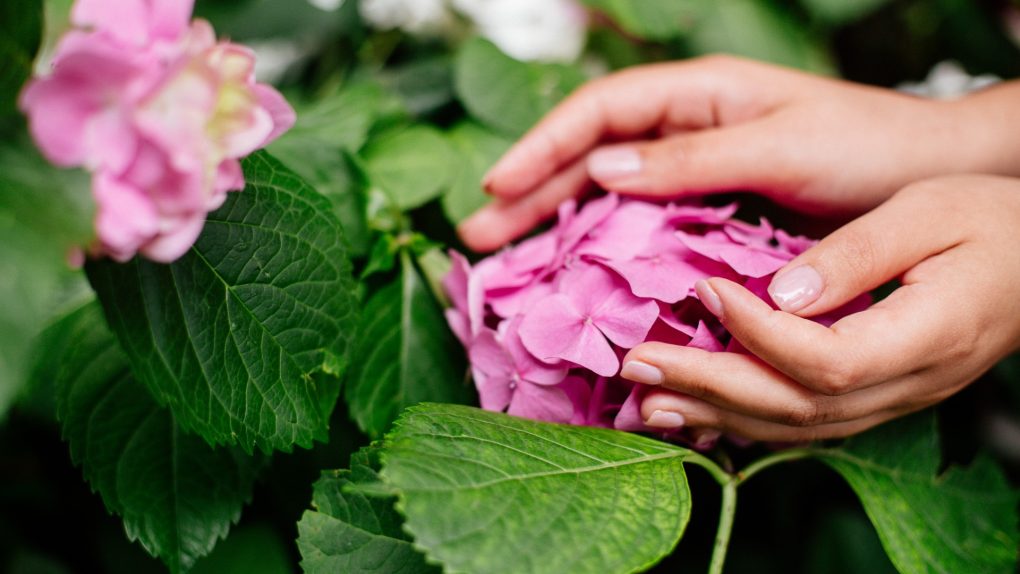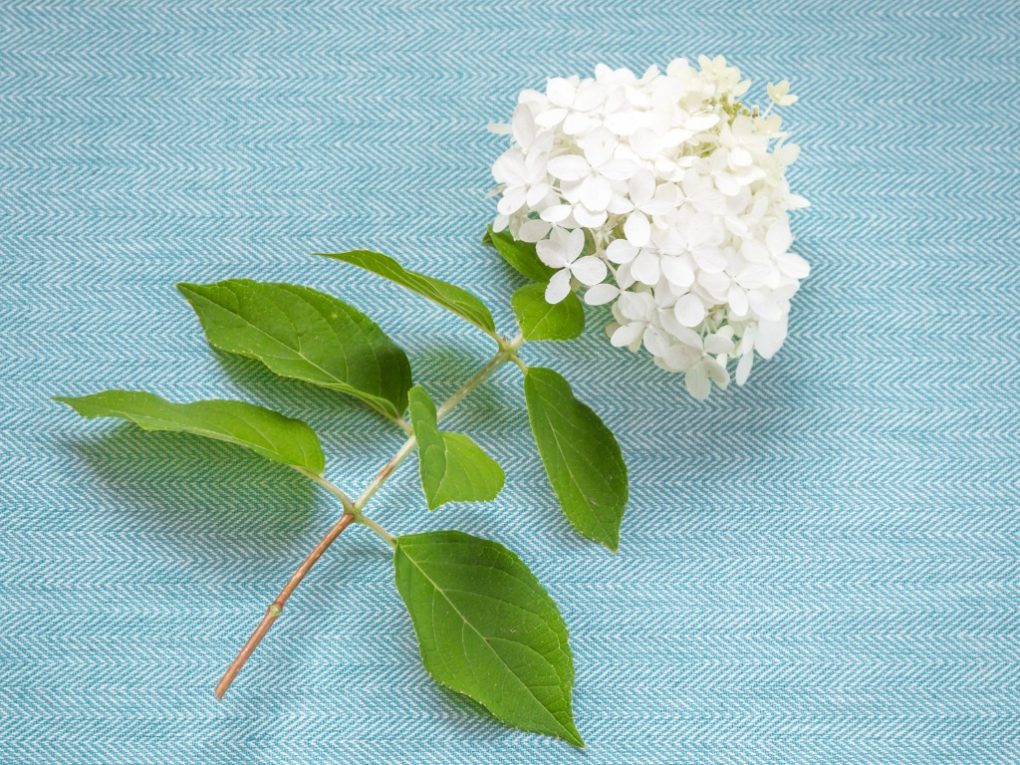Perfect Timing: When to Prune Your Hydrangea
Hydrangeas are a beautiful addition to any garden, adding color and texture to your landscape. However, pruning them at the wrong time can result in fewer blooms or even damage to the plant. This article will discuss the perfect timing for pruning hydrangea shrubs, including understanding hydrangea blooming and identifying different types of hydrangeas. We will also cover specific pruning techniques for Mophead and Lacecap Hydrangea, Panicle (Peegee) Hydrangea, and Oakleaf Hydrangea. Additionally, we’ll provide tips on August pruning for Fall flowering. By the end of this article, you’ll have all the information you need to maintain healthy and beautiful hydrangeas in your garden.

Table of Contents
When to Prune Hydrangea Shrubs
The best time to prune hydrangea shrubs depends on the type of plant. Here’s a breakdown:
- Mophead and Lacecap Hydrangeas should be pruned in late summer or early fall.
- Panicle Hydrangeas are best pruned in late winter or early spring.
- Smooth Hydrangeas can be pruned in late winter or early spring, but they can also tolerate pruning in late fall.
Pruning Mophead and Lacecap Hydrangea (H. macrophylla)
When pruning your Mophead or Lacecap Hydrangea shrubs (H. macrophylla), keep these key points in mind:
- Remove any dead or damaged wood first.
- Cut back approximately one-third of the oldest stems to promote new growth and ensure an abundance of blossoms.
- Avoid over-pruning, which can hinder growth potential.
- Monitor the shrubs throughout the growing season and trim as needed for optimal health and appearance.
Deadheading spent flowers on H. macrophylla
To promote further blooms and growth of your hydrangea, regularly deadhead spent flowers on H. macrophylla. Follow these steps:
- Remove any dead, damaged, or diseased wood.
- Prune back to a set of healthy buds immediately after the flowers have faded.
- Avoid aggressive pruning, as it can result in fewer blooms and weaker stems.
- Following these deadheading tips, you can enjoy blossoms with endless summer cultivars like mophead, lacecap hydrangea, and bigleaf hydrangea that bloom on old wood.
Prune for size and shape on H. macrophylla
When pruning Mophead and Lacecap Hydrangeas, follow these steps:
- Remove any dead or damaged wood.
- Cut back about one-third of the plant’s oldest stems to promote new growth.
- Be cautious not to over-prune, as it can reduce flowering.
- Monitor the hydrangea’s health yearly for further pruning needs.
Pruning Panicle (Peegee) Hydrangea (H.paniculata)
Prune your Panicle (Peegee) Hydrangea (H. paniculata) in late winter or early spring before new growth appears. Follow these guidelines:
- Remove dead, damaged, or diseased wood to promote new wood growth and flowering for the next season.
- Control the plant size and shape by cutting back stems.
- Avoid aggressive pruning, resulting in fewer flowers and weaker stems in the current season.
- Avoid pruning too much or too little, as it may affect hydrangea blooms.

Important tips for pruning H. paniculata
When pruning Hydrangea Paniculata, follow these crucial rules:
- Remove dead, diseased, or damaged wood to maintain flowering and plant health.
- Thin out up to one-third of the oldest stems at ground level to encourage new growth.
- Shorten the remaining stalks by about one-third to promote branching without reducing flowering.
- Avoid pruning too late in the current season, as it could affect hydrangea blooms in the following year.
Pruning Oakleaf Hydrangea (H. quercifolia)
Pruning Oakleaf Hydrangea (H. quercifolia) is crucial for its overall health and blooming in the next season. Follow these steps:
- Prune in late winter or early spring before any new growth appears.
- Remove dead or diseased branches first.
- Thin out the old wood to promote new growth and better air circulation.
- Cut back stems that are too long to maintain a compact shape.
- Proper care for this hydrangea will ensure beautiful blossoms in the seasons ahead.
Tips for pruning H. quercifolia
To ensure proper blooming for Hydrangeas the following year, follow these tips:
- Prune selectively and avoid removing too much of the plant at once.
- Prune Oakleaf Hydrangeas in late winter before new growth appears.
- Remove dead or damaged branches first, then thin out old wood to encourage new growth.
- Cut back stems that are too long to maintain an ideal form, but avoid excessive pruning to promote blooming in the following season.
August Pruning for Fall Flowering
Late summer or early fall is ideal for pruning your hydrangeas if you want them to bloom beautifully in the coming season. However, ensure not to prune at the wrong time and accidentally cut off next year’s flower buds. Different hydrangeas require various pruning methods and timings, so you must know what hydrangea you have. Here are some important points to remember:
- Use sanitized pruners and cut at a 45-degree angle.
- Avoid aggressive pruning that can harm new wood and produce fewer blooms in the following season.

Conclusion
Maintaining the perfect timing for pruning hydrangeas is essential for blooming and overall growth. Remember to identify your hydrangea type before starting any pruning process.
For Mophead and Lacecap Hydrangeas, deadhead spent flowers and prune for size and shape in early spring or late summer. Panicle Hydrangeas should be pruned in late winter or early spring, while Oakleaf Hydrangeas require minimal pruning with only deadheading needed.
August pruning is recommended for Fall Flowering hydrangeas to ensure beautiful new growth. Always use sharp tools to avoid damaging your plants while pruning. Follow these tips for a healthy and flourishing hydrangea shrub in your garden!
